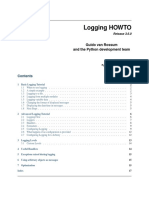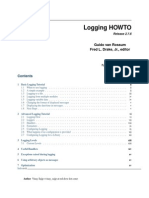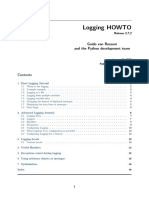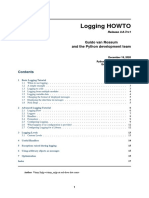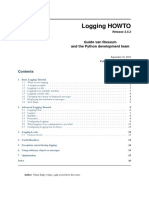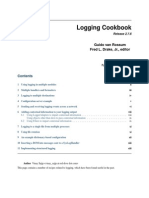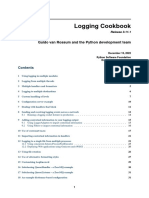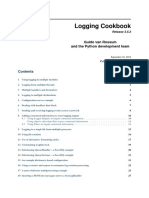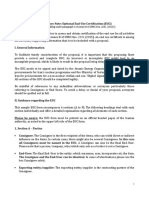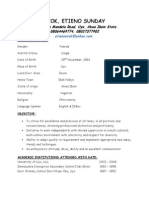0% found this document useful (0 votes)
14 views16 pagesPython Log File Management in Full Detail - 2
This document provides a comprehensive guide on how to create and manage log files in Python using the logging module. It covers the key components of logging, the advantages of using logging over print statements, and detailed instructions on setting up log files, appending to existing logs, and implementing log rotation. Additionally, it explores advanced techniques such as custom file handlers and thread-safe logging for multi-threaded applications.
Uploaded by
cotago8453Copyright
© © All Rights Reserved
We take content rights seriously. If you suspect this is your content, claim it here.
Available Formats
Download as PDF, TXT or read online on Scribd
0% found this document useful (0 votes)
14 views16 pagesPython Log File Management in Full Detail - 2
This document provides a comprehensive guide on how to create and manage log files in Python using the logging module. It covers the key components of logging, the advantages of using logging over print statements, and detailed instructions on setting up log files, appending to existing logs, and implementing log rotation. Additionally, it explores advanced techniques such as custom file handlers and thread-safe logging for multi-threaded applications.
Uploaded by
cotago8453Copyright
© © All Rights Reserved
We take content rights seriously. If you suspect this is your content, claim it here.
Available Formats
Download as PDF, TXT or read online on Scribd
/ 16



